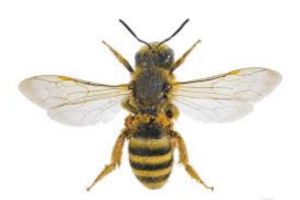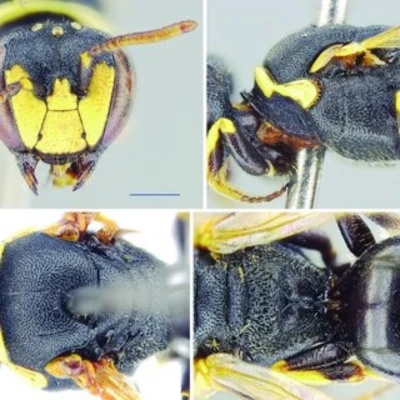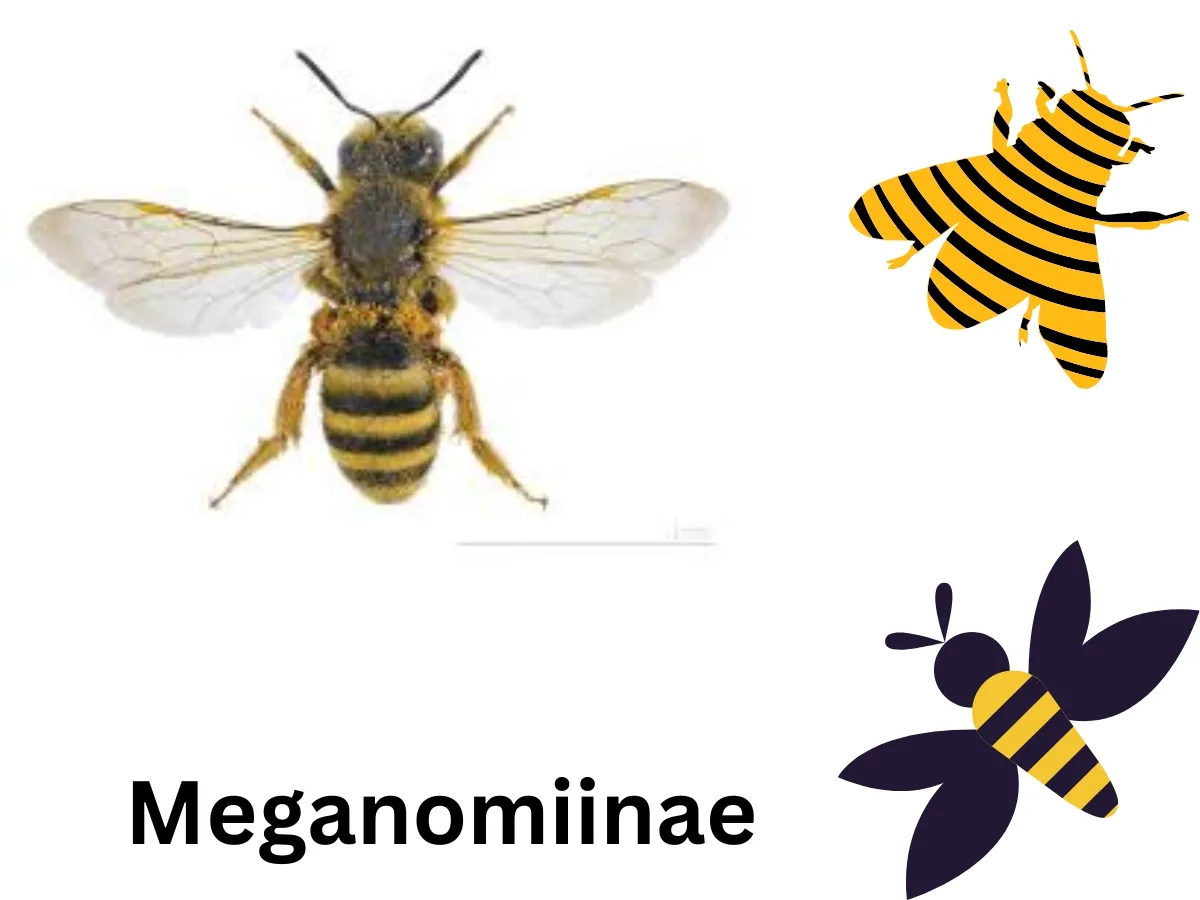Honey bees are not the only bee species that perform pollination. A large portion of the pollination is performed around the world by bees that do not produce honey. Meganomiinae is one of them.
Meganomiinae is one of the special types of bee species that are mostly found in South Africa. They have a very tiny distribution in Central America and South America too.
This post will try to help you with some interesting and helpful information about this special type of bee.
Meganomiinae Introduction
Mehanomiinae is a subfamily of Apidae. Around 10 to 20 species of this special bee family are found all over the world. But they are mostly found in South Africa.
Meganomiinae has 5 genera among which 2 species of bees are most popular. Those are
- Meganomia: These special types of bees are long-horned bees. They have large antennae attached to the male’s face.
- Exomalopsis: These bees are mostly known as “carder bees”. They are named so because of their habit of collecting plant fibers to line their nests.
How To Identify Meganomiinae Bees
Meganominae bees are medium to large in size around 2 cm. They have clear yellow and black markings on their body. Almost 50% of their body is yellow and the rest of the 50% are black.

Clear yellow and black stripes one after another of almost identical size easily help to identify them. They build their nest in ground cavities, wood cavities, in other holes created by other insects.
Are Meganomiinae Dangerous?
No, meganomiinae are not dangerous because they are not very defensive. Obviously, if you try to kill them they will try to defend themselves. In such a situation, they can sting you.
Meganomiinae Sting
Meganomiinae bees are not stingless. The female meganomiinae contains sting but is unlikely to be used often. The male meganomiinae don’t have any type of sting. Instead, they have long-horned antennae.
However, female meganomiinae are busy collecting pollen and propolis. She is busy in reproduction and taking care of her broods on her own. This is why she doesn’t show aggressive behavior.

This is why though meganomiinae bees can sting, they are harmless. If you try to kill them or squeeze them on your hand they will sting you. Otherwise, they don’t pose any aggressive behavior.
Meganomiinae Characteristics & Facts
Meganomia contains a large portion of bee species of the Meganomiinae group. These bees are solitary in nature. They don’t lead a colonial life.
They build their nest in ground cavities, holo cavities, wood cavities, and even in a small hole in a house wall. They don’t pose aggressive behavior as they don’t have to protect anything much.
Male meganomiinae don’t have any stingers. They live in open spaces and try to attract female meganomiinae for mating.
Female meganomiinae diggs the cavity in which she lives for reproduction. She creates 8 to 15 brood nests on those cavities. Then fill those nests with propolis and nectar.
After preparing she lays eggs on those nests. A female meganomiinae can lay up to 15 eggs per day. In general, she lays around 10 eggs at a time.
Not all of these fertilized eggs are successfully converted into adult bees. Only a few of these eggs are converted into brood bees. The rest of the eggs are spoiled.
The female meganomiinae single-handedly takes care of the broods. When the broods become adult they leave the house and build their own house individually.
These bees do not live in the same home for long. They live in a nest for 3 to 8 weeks. Mainly just for a reproduction season.
When the brood bees become adults they emerge to a new location. In that new location, they build their new nests for the next season.
They eat pollen and nectar collected from flowers and plants. They can also eat fruit juices and sweet foods.
Meganomia bees can dig holes in the woods. So these bees can be found in the cavity of household wooden materials. But don’t worry if you are not in South Africa there is very little chance of seeing these bees.
If you find bees in the cavity of your wooden furniture, they might be carpenter bees or other wood-nesting bees.
Meganomiinae are excellent pollinator. They can travel up to 10 km per day for foraging.
Final Thoughts
Meganomiinae is a rare type of bee species but they are also excellent pollinators. Their numbers are declining day by day. So, we should take the initiative to conserve their existence.
Study more about different bee species and help them to survive. Conserving Meganomiinae and other bee species means helping the world. Your contribution not only helps in the world’s pollination but also helps to keep bio-diversity.
The following articles might be helpful for you.
- Meganomiinae wikipedia.
- C. D. Michener, “Classification of the bee family Melittidae, with a review of species of Meganomiinae,” Contributions of the American Entomological Institute, vol. 18, no. 3, pp. 1-135, 1981.
- C. D. Michener, “Nomenclatural Problems in the Meganomiinae and a Review of the Genus Pseudophilanthus (Hymenoptera, Melittidae),” Journal of the Kansas Entomological Society, vol. 65, no. 2, pp. 146-150, Apr. 1992.
- Do lemongrass attract bees? Here is the truth.
- Learn the comparison of carpenter bees vs honey bees vs wasps.
- Where do carpenter bees go during winter?


